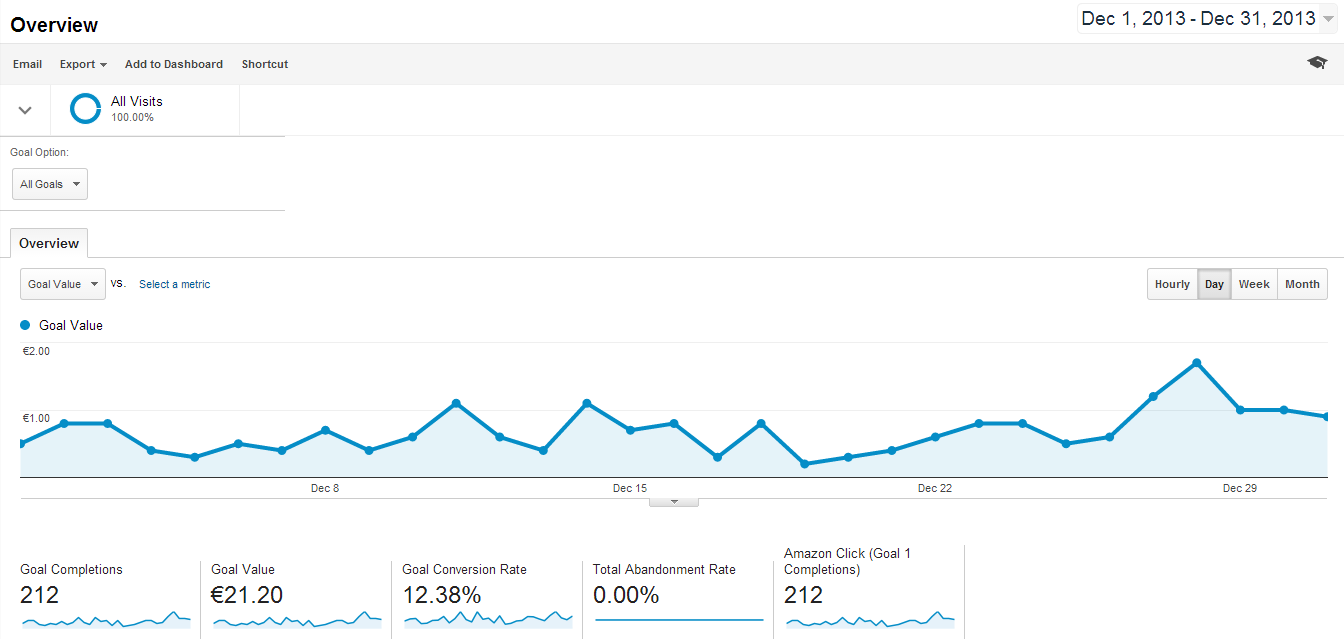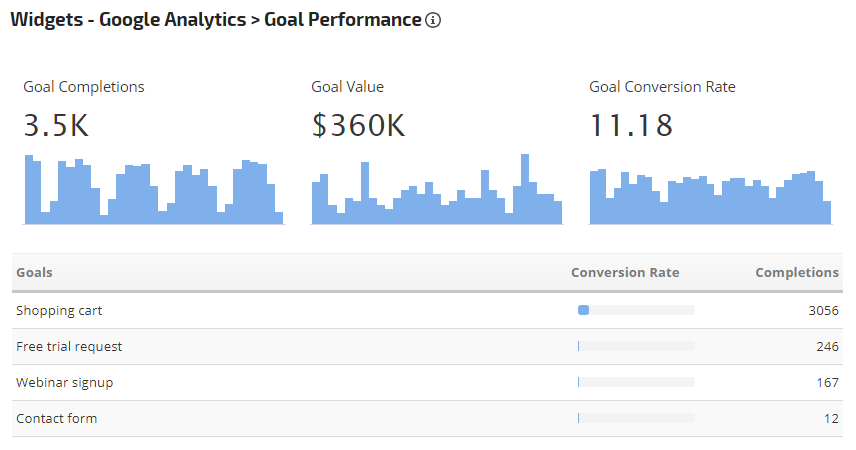Discover the Limitations of Google Analytics Goals: Unveiling the Data Types That Remain Untrackable
As services progressively count on data-driven decision-making, recognizing the restrictions of devices like Google Analytics becomes extremely important. While Google Analytics Goals offer useful insights right into customer interactions, there exist data kinds that elude tracking, posturing difficulties to a comprehensive understanding of individual actions. These untrackable data kinds raise questions about the precision and completeness of the analytics information that companies greatly trust for their electronic approaches. Interested to discover the concealed dead spots in your information evaluation procedure?
Insufficient Customer Trip Tracking
Incomplete user journey tracking within Google Analytics can impede the capacity to precisely assess customer behavior. When the user journey is not totally tracked, there are voids in the information that stop an extensive understanding of just how customers engage with a web site. This absence of understanding can lead to missed chances for optimization and improvements to the customer experience.
One common issue with insufficient customer journey monitoring is the failure to see the full path that individuals take previously completing an objective or leaving the website. Without this info, it is challenging to identify where users might be encountering barriers or rubbing factors that avoid them from converting. In addition, incomplete tracking can cover the influence of certain marketing initiatives or internet site adjustments on customer habits.
To address this limitation, it is important to set up proper tracking systems within Google Analytics to capture the whole individual trip. This might involve establishing up event monitoring, goal funnels, or making use of tools like Google Tag Manager to ensure that no vital communications go unrecorded. By gaining a comprehensive sight of the user journey, site proprietors can make more enlightened choices to improve user involvement and drive conversions.
Acknowledgment Challenges
Navigating through acknowledgment obstacles in Google Analytics calls for a complete understanding of just how different touchpoints add to the total conversion process. Acknowledgment challenges develop from the complexity of modern-day client trips, where individuals interact with multiple networks before transforming. Google Analytics provides different attribution versions like initial touch, last touch, and straight, each using a various point of view on how credit is designated to touchpoints along the conversion course. However, these designs might not constantly accurately show the real impact of each touchpoint on the conversion.
One usual acknowledgment difficulty is the trouble in connecting conversions to the proper source, especially in instances where customers communicate with numerous channels prior to converting. Additionally, cross-device tracking postures one more attribution difficulty, as individuals commonly switch over between tools during their journey, making it testing to track their communications effortlessly.
Offline Conversions
Given the obstacles related to attributing conversions properly in online networks, the dimension of offline conversions presents a significant possibility for online marketers seeking an extra extensive understanding of their consumers' journey. Offline conversions refer to actions that customers absorb the real world, such as making acquisitions in brick-and-mortar shops or over the phone, going to occasions, or engaging with printed products - what data is google analytics goals unable to track. These conversions are critical for companies that run both online and offline, as they supply important insights right into the performance of marketing projects throughout numerous touchpoints
Tracking offline conversions generally postured a significant difficulty for marketing professionals, as it was challenging to link these actions back to certain online interactions accurately. Nonetheless, with innovations in innovation, such as the combination of CRM systems, one-of-a-kind identifiers, and coupon codes, organizations can currently bridge the gap between online and offline information to get an extra all natural view of client habits. By properly gauging offline conversions, online marketers can maximize their strategies, allot resources much more successfully, and ultimately improve the general client experience.
Cross-Device Monitoring
Cross-device monitoring plays an important duty in recognizing the interconnected nature of consumers' electronic interactions throughout several devices. In today's omnichannel globe, where customers perfectly switch over between desktop computers, smartphones, and tablets, tracking their behavior throughout these devices is crucial for marketing experts to get a comprehensive sight of their consumer trip.

Furthermore, personal privacy issues and policies such as GDPR and CCPA have additionally difficult cross-device tracking. With users demanding more control over their information and raised limitations on tracking innovations, marketers should discover innovative and privacy-compliant ways to connect user interactions throughout gadgets.
Dynamic Material Interaction
Comprehending individual interaction with dynamic content is crucial in maximizing electronic advertising and marketing approaches for boosted target market communication. Dynamic content refers to site elements that change based upon individual habits, preferences, or other variables, offering a personalized experience. Tracking customer interactions with vibrant material postures challenges for standard analytics devices like Google Analytics.
While Google Analytics can track fundamental interactions like clicks and web page views, it may battle to catch even more nuanced interactions within dynamic content. what data is google analytics goals unable to track. Metrics such as time invested in particular vibrant components, hover actions, or communications within pop-ups are often not conveniently measurable making use of typical monitoring methods. This constraint hinders marketers' capacity to completely realize how individuals are involving with dynamic content and customize their strategies appropriately

Final Thought
Finally, Google Analytics objectives have limitations in tracking incomplete individual journeys, associating conversions properly, capturing offline conversions, tracking cross-device communications, and determining vibrant content engagement. These constraints highlight the value of discovering added monitoring techniques and devices to obtain an extra thorough understanding of user actions and conversions past what Google Analytics can give.
While Google Analytics Goals deal beneficial insights right into customer communications, there exist data types that avoid tracking, positioning challenges to a thorough understanding of customer actions.Insufficient individual journey tracking within Google Analytics can hinder the capacity to properly assess customer habits. When the see it here individual journey is not totally tracked, there are voids in the information that protect against a detailed understanding of exactly how individuals communicate with a site.One typical problem with incomplete user trip monitoring is the lack of ability to see the complete path that users take in the past completing a goal or leaving the website. By getting a detailed sight of the customer journey, website owners can Homepage make more enlightened decisions to enhance user involvement and drive conversions.
Comments on “What Data Is Google Analytics Goals Unable to Track and Why”